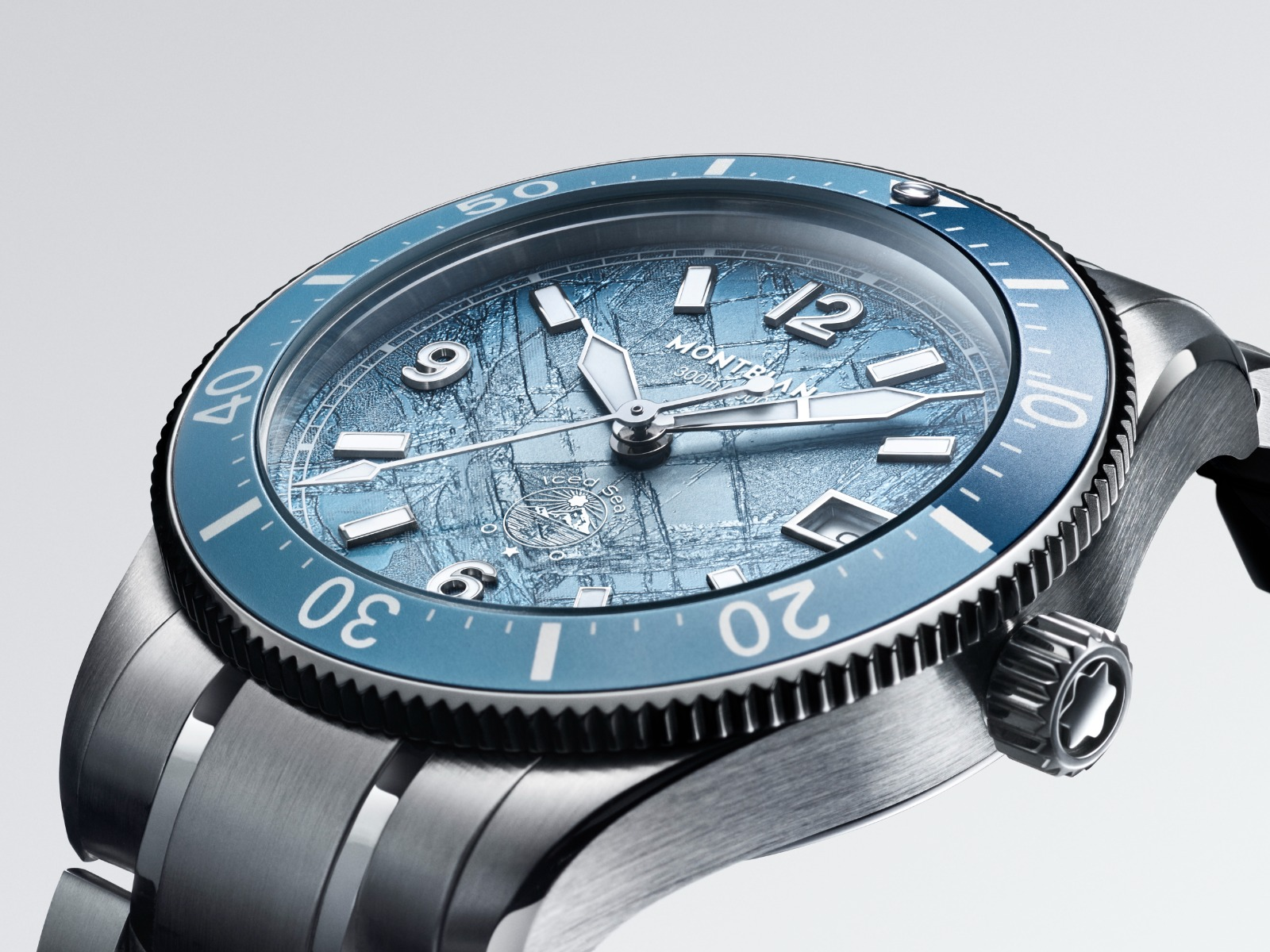In conversation with IWC Schaffhausen's Hannes Pantli
Mar 29, 2016
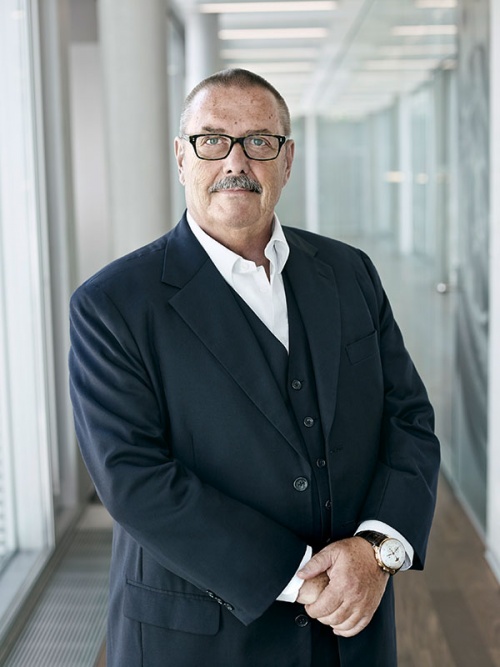
Hannes Pantli, Board Member and former executive vice president of IWC Schaffhausen, has been with the Swiss luxury watch manufacturer more than four decades. He was a witness to the accelerated pace of change over the years and also, by chance, the creator of the IWC Portofino watch. #legend spoke exclusively with him at the brand’s launch of its latest collection of Pilot’s watches in the China Clipper lounge at The Peninsula in Hong Kong.
You first came to Hong Kong in the 1970s. How do you compare its economic prospects then and now?
When I first came to Hong Kong about 40 years ago, it was the place to be for shopping, because prices were very low. That’s changed today. You can hardly find bargains any more. The city has become expensive compared to other destinations. As far as its economic prospects are concerned, it’s a known fact that some regions of the world are going through changes at the moment, and the reason for this may partly be economics. As a watch manufacturer, however, we are not in the position to comment on economic developments. I think IWC Schaffhausen has repeatedly proved that we stay focused on executing our strategy, that we remain faithful to our core values like precision engineering and that we keep developing and leveraging our brand – even if the environment in a market is challenging.
But you’re expanding right. You have a new factory, or extension to the old one launching this year, yes?
We do start construction on a new production site in Merishausen, next to the city of Schaffhausen, beginning of April. This is proof that IWC continuously invests in the future. The motivation for this step is not to increase production, but to extend our competence in the manufacture of in-house mechanical movements. At the same time, we want to make our manufacturing processes more efficient, without compromising on our engineering approach and the quality of our products.
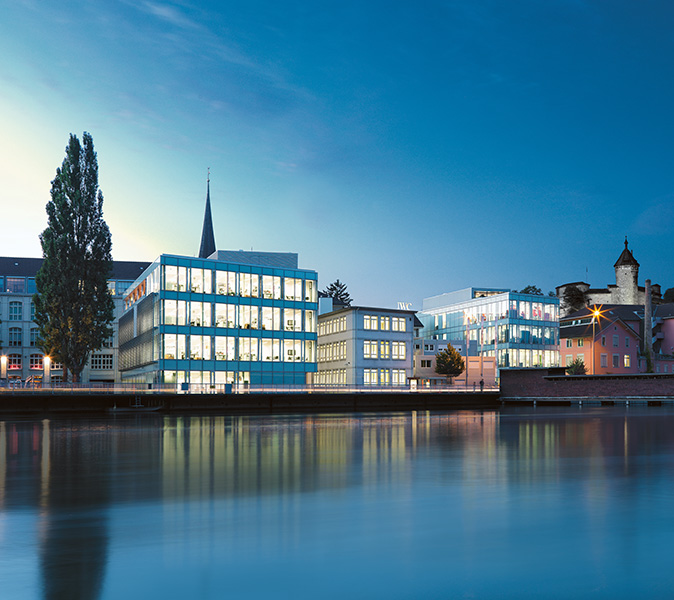
How much do you and fellow Swiss watchmakers feel the need to rethink luxury’s relationship with technology given the advent of smartwatches?
Interestingly, something similar happened during the 1980s when the quartz movement appeared. While a lot of manufacturers believed that the future would be fully electronic, we were the only company in Switzerland that kept training young watchmakers for almost 20 years. I think a smartwatch is like a mobile phone on your wrist. I have many friends who bought one, because they wanted to try it out. But interestingly, when I saw them again a few weeks later, they were all wearing their IWC watches again. We always believed in the potential of high-end mechanical watches, and we still do today. For some people, it may seem unusual to spend tens of thousands of Dollars on a wristwatch, because you don’t really need one. But especially for men, a watch is the only piece of jewellery they wear. It’s an emotional object that you connect with on a profound level. Your watch tells a story, and it also defines how other people perceive you.
A Millennial friend of mine and robust watch collector says IWC makes pilot’s watches for non-pilots. How do you respond to that?
Of course we do not manufacture watches only for pilots. But we bring the dream of flying to the wrist. The same is true for our divers’ watches. Only very few of our customers actually take them under water, but for everyone else they breathe the spirit of adventure. What makes IWC unique is that we have six well established watch families, and each family tells its own story. These stories evoke strong emotions. And I think this is what really sets us apart as a brand.
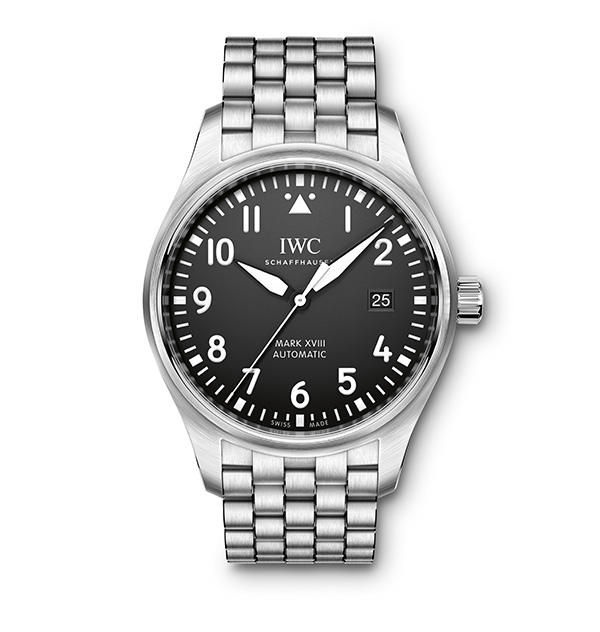
IWC doesn’t really have a ‘name’ attachment or celebrity ambassadors.
During the 1990s, some of our advertising campaigns were provocatively proclaiming the masculinity of our watches, which helped to increase our popularity. Today, we are taking a more integrated approach in marketing. On one hand, we maintain partnerships with, for example, the Laureus Sports for Good Foundation, the Fondation Antoine de Saint-Exupéry, the Charles Darwin Foundation or the Cousteau Society. On the other hand, we are also working with carefully selected Friends of the Brand. These celebrities stand firmly behind us and love our products. The universe of our ambassadors includes a highly diverse group of people, with supermodels Adriana Lima and Karolina Kurkova, Mercedes AMG Petronas Formula 1 drivers Lewis Hamilton and Nico Rosberg and also famous actors and actresses like Christoph Waltz, Cate Blanchett and Rosamund Pike, to name just a few.
Musician John Mayer famously wrote a letter to IWC last year, in which he said the company should stop trying to please all the people all the time because that approach ultimately pleases no one. What was your reaction then and now to his words?
And IWC, just as famously, replied to his letter – publicly and more than 15 months ago. So I think the episode you are referring to has been solved a long time ago. Our CEO Georges Kern and John Mayer have engaged in a fruitful discussion, and their relationship is great.
IWC is a harlequin and hard to place. It feels part American, Swiss, French and German, without being easy to pinpoint a specific character.
I don’t think that’s true at all. IWC has a very specific character, which is rooted in our history. The company was founded in 1868 by the American watchmaker Florentine Ariosto Jones in Schaffhausen. Jones, who was also an engineer, came to Switzerland to tap into the skilled and dedicated workforce there. And by drawing power from the river Rhein, he could set up his production on an industrial scale, which, at the time, was both courageous and visionary. He manufactured his watches in Schaffhausen and sold them in the U.S., which made us the first truly international watch company – and, by the way, is also the origin of our iconic name. Until today, IWC remained the only watch manufacturer in Northeastern Switzerland, while most others are based in the French-speaking part of the country. This gives us a very unique identity and clearly sets us apart from everybody else in the Swiss watchmaking industry.
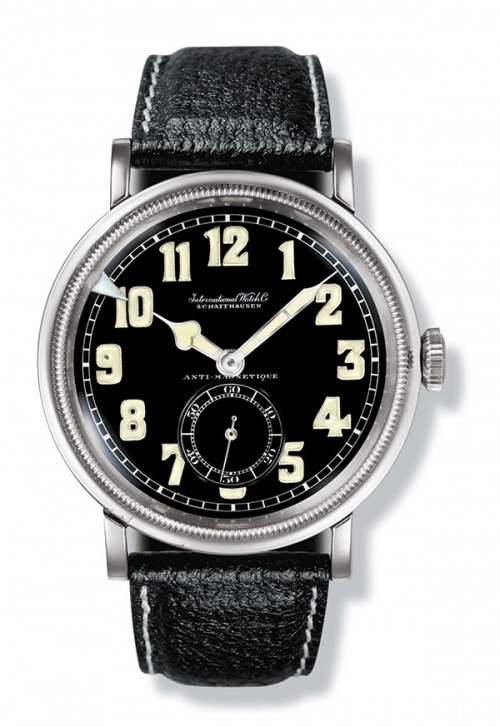
I’m told that you had the biggest collection of IWC watches of any individual in the world (more than 300). When Richemont bought IWC they had to pay you to buy those watches back. I heard you once say you had kept only the most beautiful. Which were they?
That’s a difficult question. Picking the most beautiful watches would clearly put me in trouble. The last one I bought was a Portugieser Perpetual Calendar. Right now, I am wearing a Grande Complication. I have been wearing it for some years. I even go hunting and fishing with it. But I am also an avid collector of old pocket watches. I bought one last December in Vienna, which dates from 1912. On the cover, it shows a convertible car with two gentlemen sitting in the front, and on the back seat, there are two ladies with big hats. It’s stunningly beautiful and I had never seen such a watch from IWC before. So I called the curator from our museum in Schaffhausen and asked him to check the case number and the movement number. He confirmed me its authenticity. For every watch IWC has produced since 1868, we have a record. We know which watchmaker assembled it and to whom it was sold.
Pocket watches are making something of a comeback. But then, aren’t they always in some way?
Pocket watches are fascinating. When you go out for dinner, take out your pocket watch and start winding it, the people around you will all want to have a closer look at it. It is still something very beautiful. IWC has produced so many different pocket watches over the years. And even today, the original pocket watches are still relatively affordable for collectors. But after trying several times to re-launch the pocket watch, I don’t believe in its comeback any more.
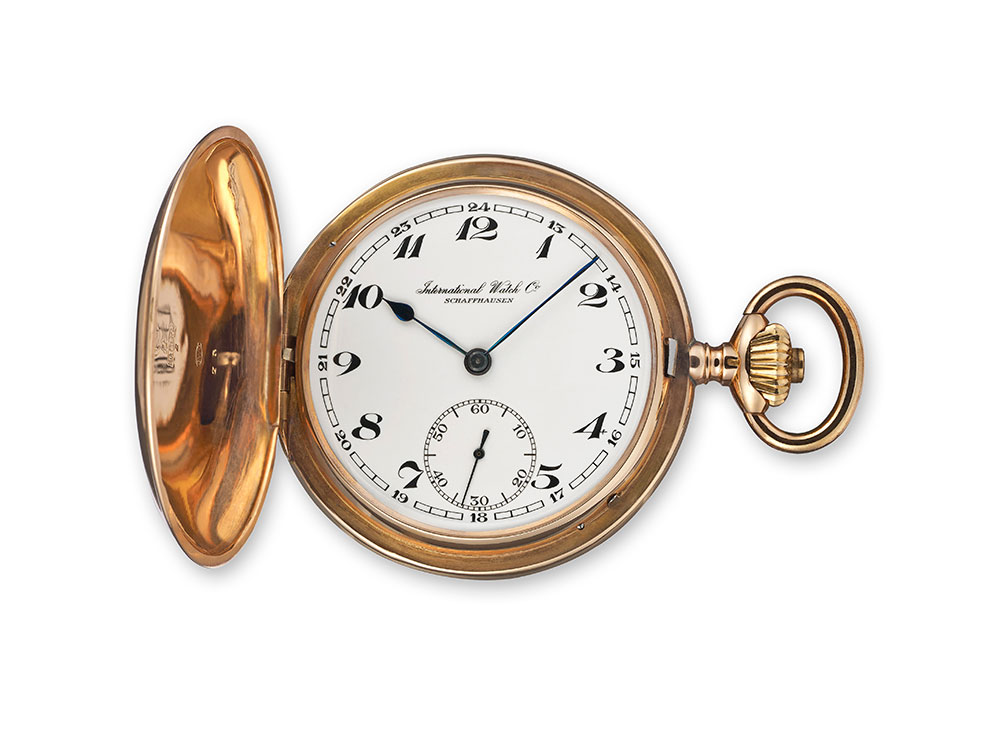
What’s been the biggest surprise in recent times in the watch world to you?
Recently, I was lecturing at Linz University in Austria. I was talking to the professors about the future of watches. Then they told me something quite interesting. When their students have an exam, they have to give their mobile phones to the professors. But because none of the students is wearing a watch, the professor has to put up a clock in the room, so that the students can keep track of the two hours they have to finish the exam. That really made me think. It even frightened me a little bit.
Fashion designers complain about pressure – having to design more and more collections with less and less time. How does that work for watch designers? Is it the same? Especially now that fewer and fewer people go into the watchmaking art/science?
I don’t think you can compare the design of clothes and mechanical watches. Our designers are very enthusiastic about their job. We put a lot of time and effort into developing new models that cater to a variety of preferences and tastes. High-end watchmaking is an art. The work of our designers is extremely interesting and rewarding.
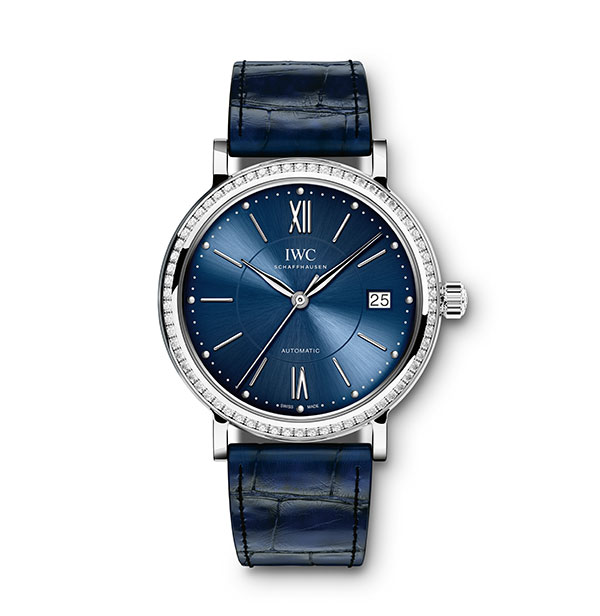
Why did the IWC Portofino come into existence?
I actually invented the Portofino in 1983. I wanted to create an elegant and simple alternative to our Pilot’s Watches and diver’s watches. For the past 30 years, the Portofino collection has been an expression of understatement and good taste. Thanks to its puristic, timeless design, this watch family has established itself as one of IWC’s most successful families and is equally popular with men and women. I was very happy when Georges Kern decided to re-launch it in 2014 and when we introduced the new Portofino Automatic 37 models. It was also our CEO who came up with the idea to
The film was perfection; elegant and stunning. Everything worked. The music, the black and white, Peter Lindbergh, the place, Zhou Xun’s face.
Yes, I totally agree. It was the second time that Peter Lindbergh had created a shoot to promote the Portofino family. And I think once more he managed to brilliantly convey the spirit of timeless elegance that the town embodies. We were very lucky that we could fill the leading roles with our Friends of the Brand Cate Blanchett, Emily Blunt, Zhou Xun, Ewan McGregor and Christoph Waltz, but also Karolina Kurkova and Adriana Lima. The result is unique and I we really can’t thank Peter Lindbergh and Georges Kern enough for creating such a great atmosphere. We sent this collection of photographs around the world in an exhibition called “Timeless Portofino”, and it was a huge success everywhere it was shown.
So we have you, Hannes Pantli, to thank for Portofino.
Well nobody really denies it, no.
It’s been a huge pleasure. Thank you for your gracious and valuable time.





























